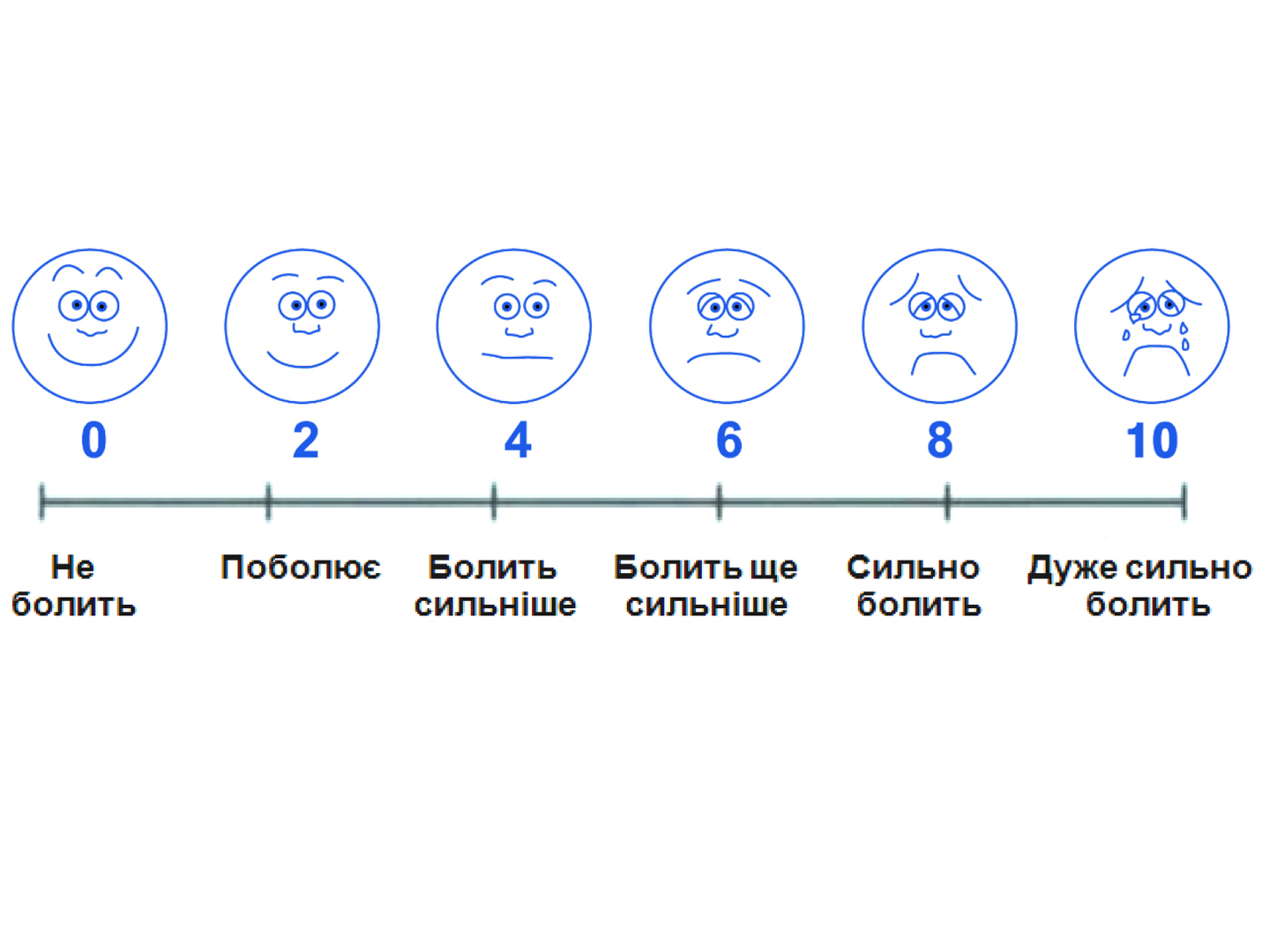Efficacy of Hyaluronic Acid in Treatment of Diabetic Foot Syndrome The results of systematic review and meta-analysis of RCS
National Taiwan University and Harvard School of Public Health (Boston, Massachusetts, USA)
Please find below the review of the article written by C. P. Chen, W. Hung and S. H. Lin from National Taiwan University and Harvard School of Public Health (Boston, Massachusetts, USA), in which the results of a systematic review and meta-analysis of randomized controlled studies (RCSs) are presented in Medline, Cochrane, Embase, Google Scholar databases, confirming the efficacy of drugs based on hyaluronic acid (HA) in improving complete wound healing in patients with diabetic foot syndrome. The authors concluded that the use of HA applications is a necessary therapeutic option for this category of patients.
Diabetic foot syndrome is one of the major complications of diabetes mellitus (DM). Foot ulcers are diagnosed in approximately 5% of DM patients. In 50% of cases non-traumatic lower limb amputation is performed due to diabetic foot syndrome. Peripheral neuropathy and vascular pathology are considered to be the main factors causing the occurrence of chronic foot ulcers (Rathur H. M., Boulton A. J., 2005). Currently, the standard treatment of foot ulcers involves restoration of adequate blood supply to tissues, debridement, treatment of infections, as well as removal of external pressure on a foot skin (Saap L. J., Falanga V., 2002).
In recent years, a better understanding of wound development pathophysiology led to implementation in practice of physiological approach in the treatment of diabetic foot syndrome. One emerging technology is the use of biomaterials in the form of gels, membranes, meshes containing HA benzyl ester (HYAFF-11), on which grafts cultivated from autologous fibroblasts and keratinocytes are placed (Harris P. A. et al., 1999; Galassi G. et al., 2000). Also drugs based on recombinant human platelet growth factor IV (becaplermin gel) (Wieman T. J. et al., 1998), two-layer living human skin equivalent (Veves A. et al., 2001), allogenic skin substitutes (Grey J. E. et al., 1998).
HA is a polysaccharide, which is included in the connective, epithelial and neural tissues of the body. HA contributes to cell proliferation and migration – two key processes required for wound healing. In addition, it is a pronounced hydrating tissues agent, as water mass absorbed by HA molecule may exceed its own in 3 thousand times.
According to the results of recent meta-analysis (Voigt J., Driver V. R., 2012), in eight out of ten studies included in it better healing of burns, surgical wounds, and chronic ulcer defects in case of HA-based drugs use in comparison with traditional treatment methods or placebo has been demonstrated. However, it should be kept in mind that even with the correct choice of therapy method the diabetic foot syndrome in a half of all cases is still a cause of non-traumatic limb amputation. Therefore, the proven effect of HA on wound healing should be considered in treatment prescription to patients of this category. In a number of RCSs the authors estimated wound healing efficacy of various technologies with the use of HA in patients with this diagnosis in comparison with control group (Tankova T. et al., 2001; Caravaggi C. et al., 2003; Abbruzzese L. et al., 2009; Uccioli L. et al., 2011; Prosdocimi M. et al., 2012). In general, these RCSs have shown HA benefit in diabetic ulcers scarring, while most of them included a relatively small sample – from 35 to 180 participants.
The aim of this meta-analysis was to compare the outcomes of diabetic foot ulcers treatment in groups with HA-based drugs use and control ones.


